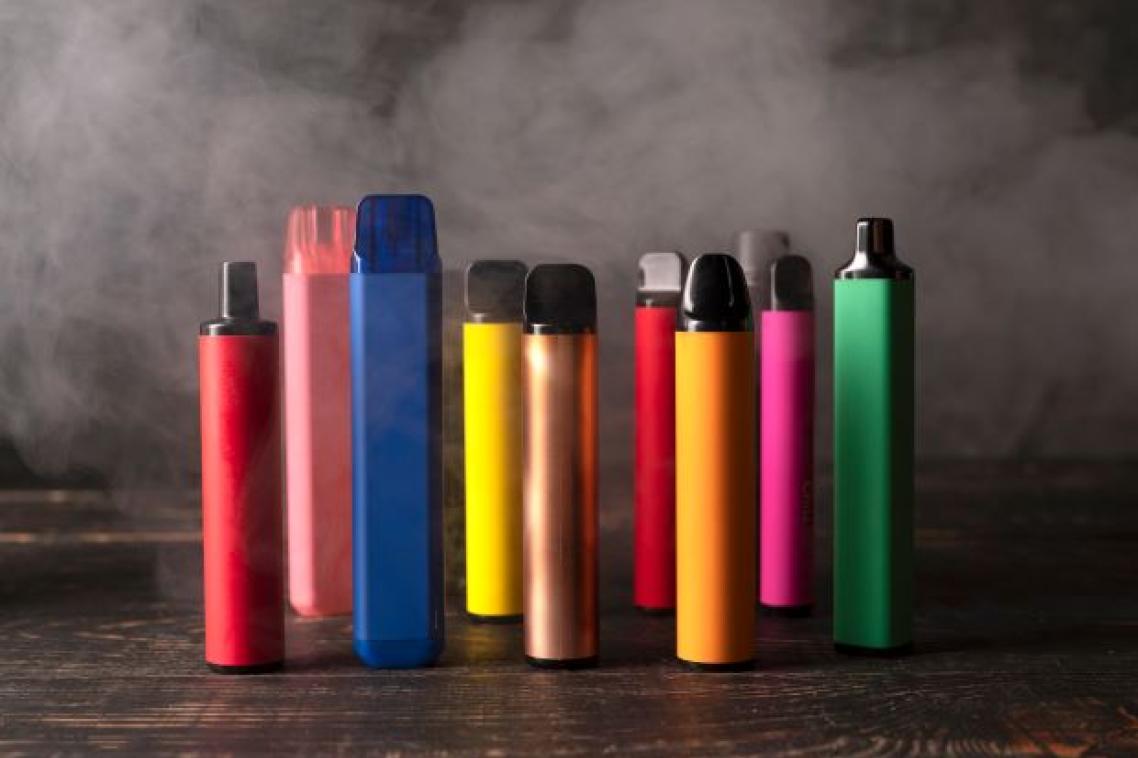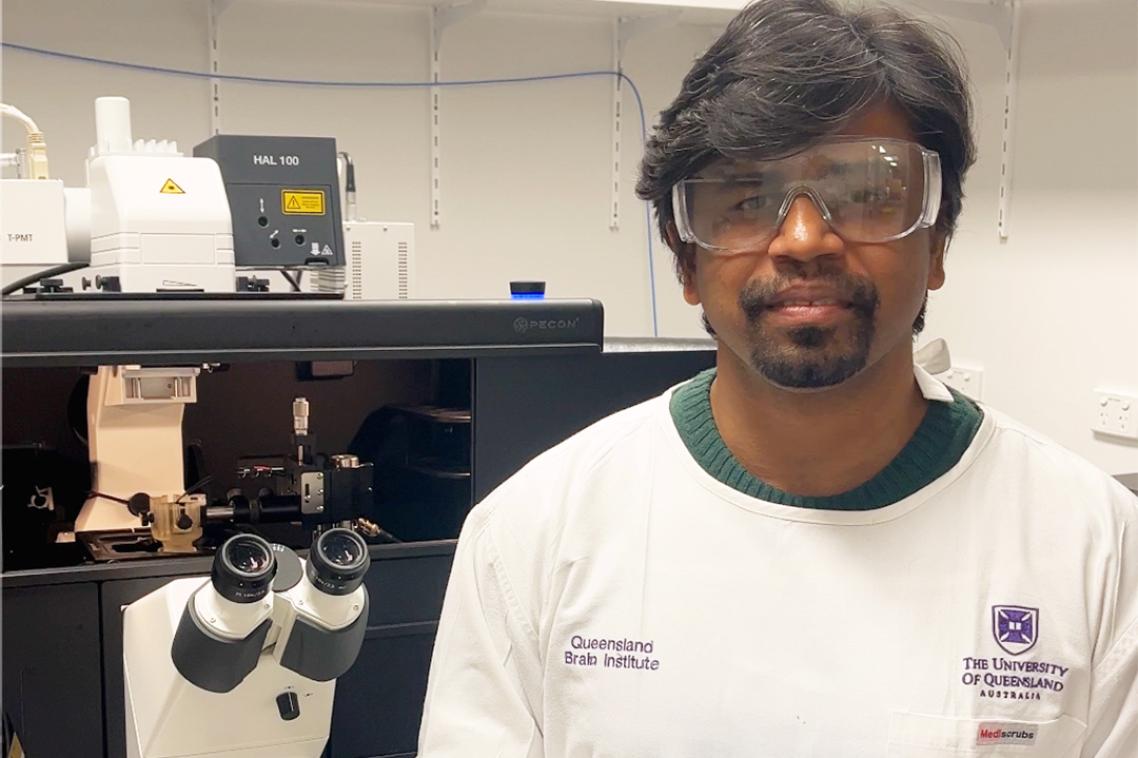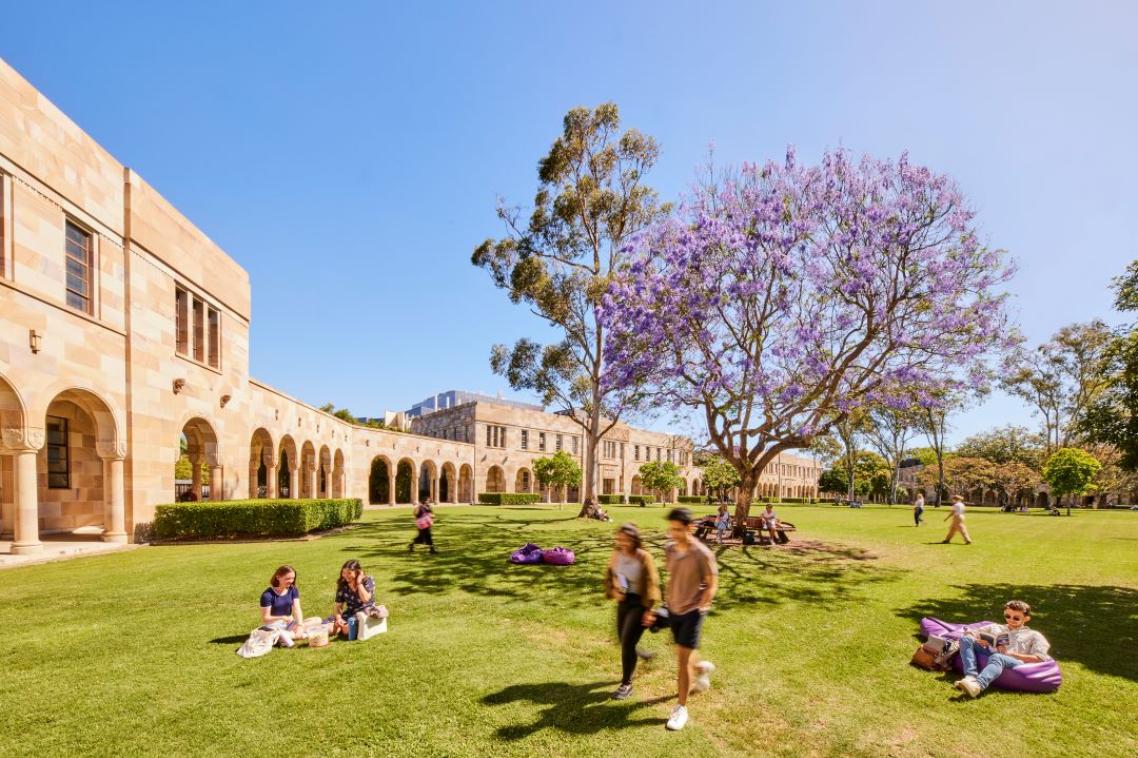Solving the problem of youth vaping

A University of Queensland researcher said current Australian laws were failing to prevent young people using nicotine vaping products (NVPs).
Professor Coral Gartner from UQ’s School of Public Health said many people were unwilling to comply with regulations around nicotine vaping, and retailers were continuing to sell the products under the counter, including to children.
“The best way to reduce youth vaping and achieve a smoke-free Australia is to have meaningful consultation with those who have lived experience,” Professor Gartner said.
In Australia, it is illegal to have or use NVPs without a prescription.
“The law was intended to support people trying to quit smoking, while also protecting young people from taking up vaping,” Professor Gartner said.
“But youth vaping has continued to rise.
“Many consumers feel it makes no sense having greater restrictions on e-cigarettes compared to tobacco products.
“There is also insufficient enforcement of the law, leading to what the Therapeutic Goods Administration has described as ‘widespread non-compliance’ among consumers.”
Professor Gartner said a different approach may be needed.
“To develop effective laws to protect people from taking up vaping – while also considering those who could benefit from using NVPs to quit smoking – we have to consult with those affected,” she said.
“These include people who already vape and smoke, young people, parents and researchers.
“We also need to look at the disparities in regulation of NVPs versus tobacco products.”
The federal government has announced plans to ban importation of all e-cigarette products, other than those being supplied by pharmacies.
“But there are currently no plans to reduce the availability of tobacco cigarettes,” Professor Gartner said.
“A more holistic approach would be to also restrict how and where tobacco can be sold, with a plan for eventually making Australia a smoke-free country.”
The article was published in the journal Drug and Alcohol Review.
Media: UQ Medicine Communications, med.media@uq.edu.au, +61 7 3365 5118 or +61 436 368 746.
Related articles

New ultrasound imaging to map drug delivery into the brain

UQ honours global leaders in July graduations
Media contact
UQ Communications
communications@uq.edu.au
+61 429 056 139
